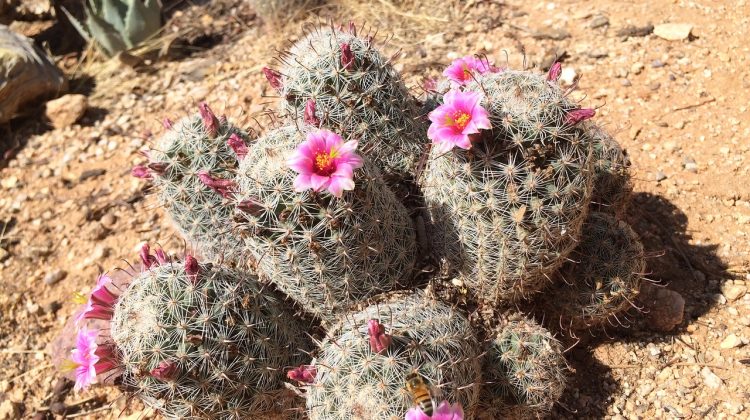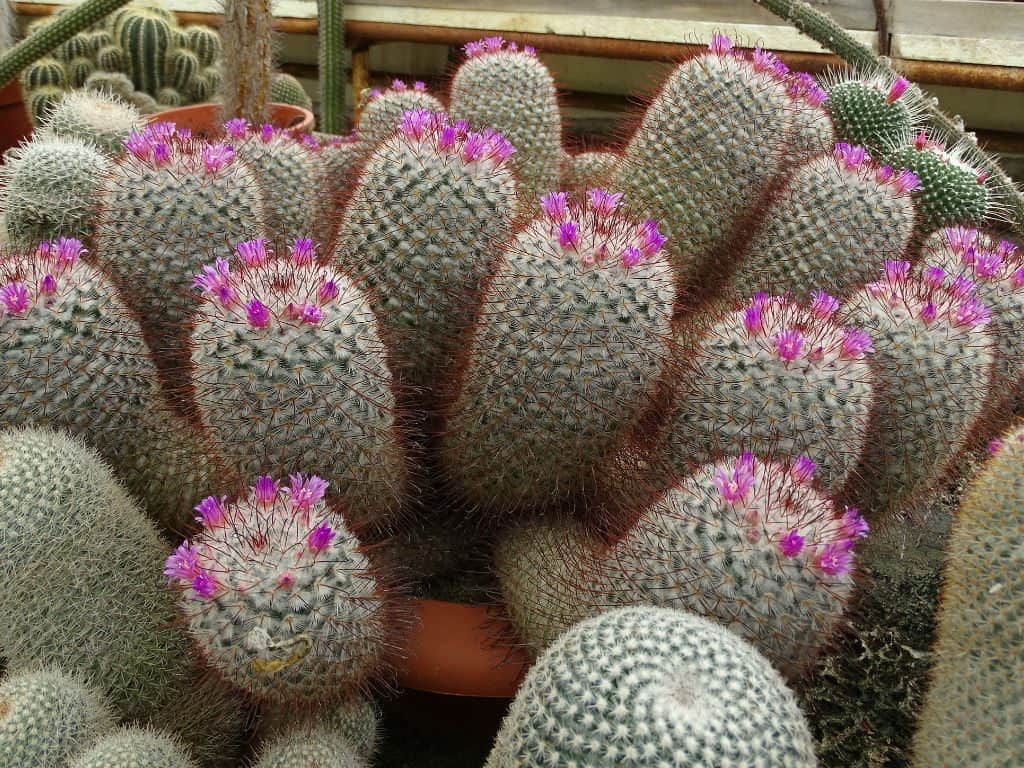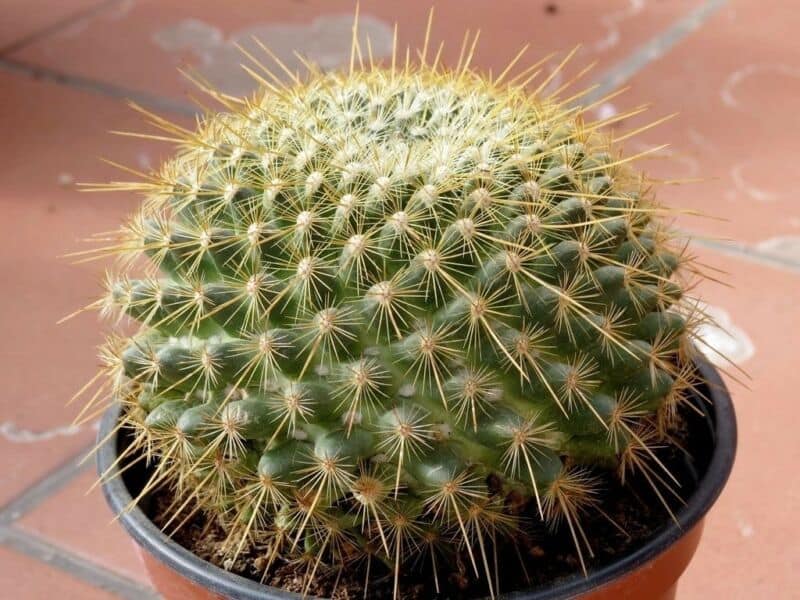
Many people are interested in growing the cactus. Growing a cactus plant is quite easy even for the novice gardener.
Among all types of cacti exist, mammillaria cactus: pincushion cactus and golden pincushion cactus become one of the most favorite cacti to grow.
You can easily plant the cactus in your garden without special care. By exposing the plants to the direct sunlight, the cactus can grow well.
These types of plants do not even require a certain amount of watering because these plants can survive without being watered or rainfall.
Furthermore, these cacti are quite popular because the features of the plants are appealing. The flowers of the cacti are gorgeous, too.
Here is the information about sundries of the pincushion cactus.
In this article, we'll cover
A. About Pincushion Cactus

Pincushion cactus is also known as Mammillaria crinita. This plant is typically the succulent plants that form the clustering cactus.
Sometimes, you can find the solitary shape of the pincushion cactus. This cactus also has the globose stem where the color is dark green and 8 cm tall.
This cactus features the spines: radial spines and central spines. The shape of the radial spines looks like the white to yellow awl and hairlike.
Meanwhile, the shape of central spines may vary from yellowish, red, to dark brown awl.
The shape of the flowers seems like the funnel, and the colors will turn into yellowish white, pink, red, and pale magenta. The flower is about 2 cm tall.
B. Golden Pincushion Cactus

Golden pincushion cactus or is also known as Mammillaria celsiana. This cactus originally comes from Mexico.
This cactus is also known as the globe cactus because it has about 7 up to 8 cm tall in diameter. This typical cactus has the gorgeous golden radial spines.
The spines and thorns cover the sea green bases cactus. When the cactus grows mature, the flower will appear around the crown.
The flower is small and has the burgundy color. When the flower is getting old or mature, it will turn into the eatable fruit.
The flower may grow in the spring, and it will appear on and off.
C. The Distribution
Both of mammillarias: Mammillaria crinita and Mammillaria celsiana are predominantly from Mexico.
Both cacti spread to some neighboring regions such as Honduras, Guatemala, the southwest United States, and the Carribean.
Within this widespread distribution, some species of cacti grow and develop into many variations. Those variations gradually turn into the classifications of new species.
D. The Growing Condition
When you want to grow this Mammillaria crinita or pincushion cactus, you need to pay attention to some following conditions to have pincushion cactus care.
Here they are.
1. Light
When it comes to the cactus plants, you need to provide the strong and bright light from the sun.
But, you also need to pay attention that many cactus species are not into the direct sunlight more than four hours.
After four hours, you need to put the plants away from the direct sunlight.
2. Soil
Ideally, the succulent plants like golden pincushion cactus need to be grown in a mix of fast-draining cactus soil.
Put the surface of the soil with the sand lightly. Moisten the soil and sand evenly. Put the soil in a warm place.
3. Water
Both cacti need to be watered thoroughly. Make sure to water the mix of soil and get it dry. When it comes watering, you need to spray or mist the soil.
Pay attention to the good drainage so that the soil can easily drain. Don’t water this cactus in the winter. When you water the plants, the tubercles of the cactus will increase the water storage.
The flowers will appear from the axils of the tubercles of the previous growth.
4. Fertilizer
If you plan to grow the mammillaria cactus, you need to put the fertilizer on the soil. The purpose is to fertilize the growth of the cactus.
Putting the fertilizer to the cactus is not a must. It will be more beneficial if you have the fertilizer as the nutrients for the cactus.
Furthermore, the flower of the cactus will blossom quickly.
5. Repotting
If you live in four season country, it is recommended to have your cactus repotted. Repotting is preferably done in the warm season.
To have cactus repotted, you need to provide the dry soil. Here are some following procedures of repotting the succulents.
Remove the cactus from the pot gently. Clean the old soil from the roots. Make sure to remove the dead or rotten roots during the process.
Give the cuts with the fungicide treatment. Place the cactus in the new pot. Fill the pot with the soil. Spread away the roots when you repot the plant.
After that, leave the plant dry for about a week. Later, give the watering treatment by spraying the water lightly. The purpose is to avoid the risk of rotten roots.
6. The Propagation
If you want to have a better decoration of your cactus plants, you can have the pincushion cactus propagation.
You can apply for the propagation of this plant easily if you know the ways. Here are some following procedures of the propagation.
- Remove and propagate the cactus from offsets. The mother plant will be surrounded by the clusters of the cactus offsets.
- After carefully being removed, dry the cut of the offsets on a paper towel for a couple of days.
- The callus will develop into certain size over the surface of the cut. The size of the callus depends on the size of the cut area.
- After the callus forms, put the new plant in a pot where there is the mixture of the potting soil. Place the pot in the warm place in the direct sunlight until the new roots appear.
- Once the plant is strong, repot the plant into a regular container.
In conclusion, pincushion cactus does not require special care.
As long as you pay attention to the growing condition such as the light, water, temperature, soil, repotting process, and fertilizer, you will have the cluster of the beautiful cactus in your yard.
Leave a Reply